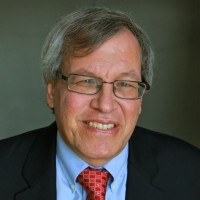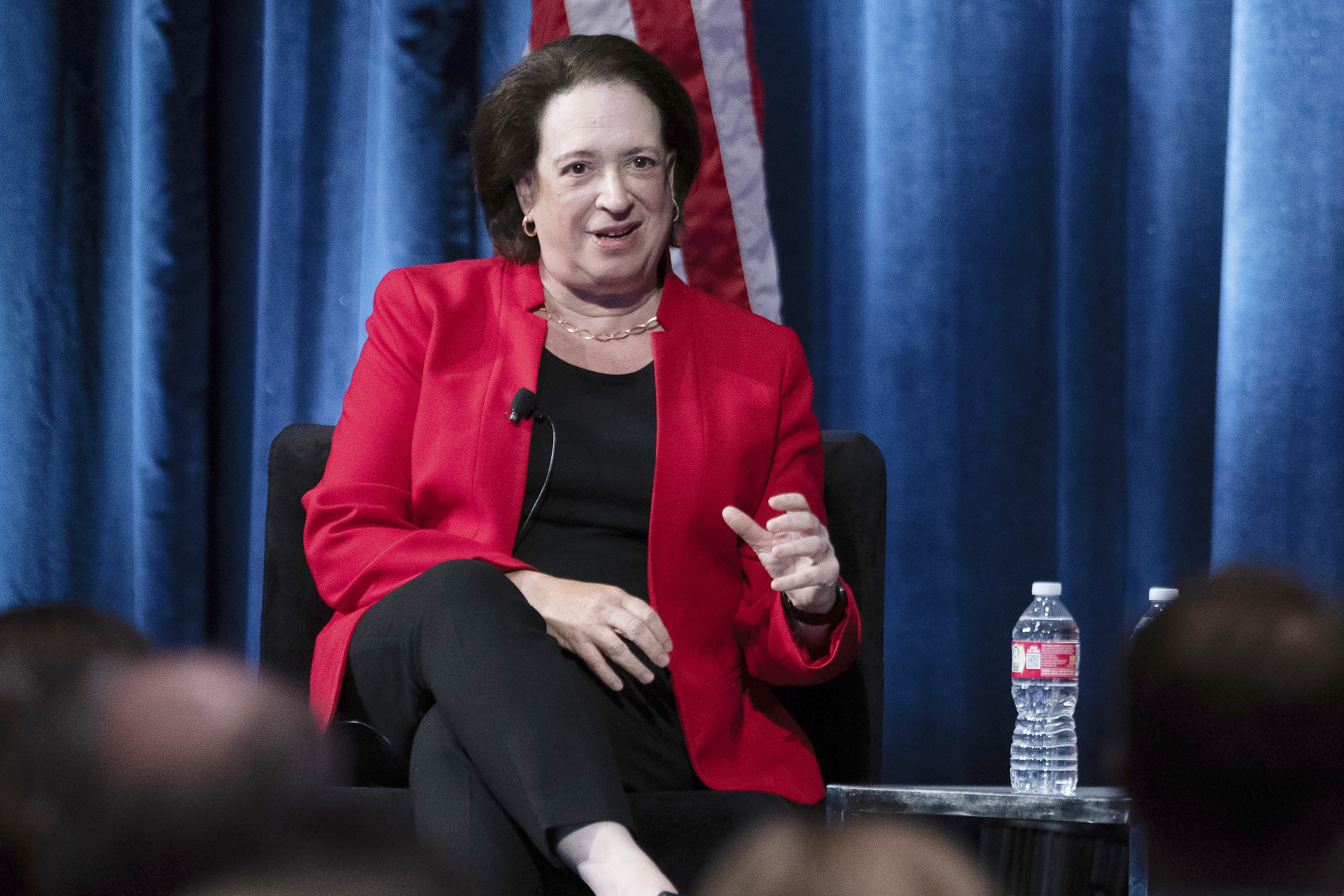Chemerinsky: Decoding the gay-marriage oral arguments

Erwin Chemerinsky
No decisions are more eagerly awaited from the U.S. Supreme Court than those in the marriage equality cases. Hollingsworth v. Perry and United States v. Windsor were argued on March 26 and 27, and most expect that the decisions will be announced at the end of June. Having just re-read the transcripts of the arguments, a few things seem clear.
First, there is a real chance that one or both of these cases could be dismissed. About half the time at oral arguments in Hollingsworth v. Perry was spent on the question of standing. The case involves a challenge to California’s Proposition 8, a voter-passed initiative that amended the California Constitution to say that marriage in the state had to be between a man and a woman. Two same-sex couples who wanted marriage licenses brought a challenge to Proposition 8. There is no question that they had standing to sue. After they prevailed, the defendant state officials who were enjoined from enforcing Proposition 8–the governor, the attorney general and the registrar of records–declined to appeal.
June 27
- • Scalia predicts the future, once again, in gay-marriage dissent
- • Gays who want to marry in California may have to wait for 25 days or more
- • You won’t see these words in Kennedy’s DOMA decision
June 26
- • SCOTUS standing ruling has effect of allowing gay marriage in California
- • SCOTUS strikes down DOMA, which banned federal benefits to married gay couples
Chemerinsky on SCOTUS gay-marriage cases
The supporters of the initiative then sought to appeal. The issue is whether those supporters have standing to appeal in federal court to defend the initiative when state officials refuse to do so. On the one hand, the California Supreme Court ruled that under California law, supporters can represent the interests of the state and defend an initiative where elected state officials decline. On the other hand, Article III of the Constitution requires an injury for standing in federal courts, and it is unclear how the supporters of the initiative are injured if it is enjoined. They suffer an ideological harm, but such an interest never is sufficient for standing in federal court.
At the oral argument, Justice Anthony M. Kennedy at one point mused that maybe the court should just dismiss the case. Several justices seemed inclined to do so on standing grounds. If the case is dismissed on that basis, the district court’s injunction against enforcement of Proposition 8 stands; the plaintiffs unquestionably had standing to sue. The effect would be that same-sex couples could marry in California.
The second case, United States v. Windsor, involves a challenge to Section 3 of the federal Defense of Marriage Act, which provides that, for purposes of federal law and federal benefits, marriage must be between a man and a woman. The Obama administration has declared that it believes that this provision is unconstitutional and refuses to defend it. The House Bipartisan Legal Advisory Group voted 3-2, along party lines, to intervene to defend Section 3 of DOMA. But the question is whether the House of Representatives, through this group, has standing to defend a federal law if the executive branch refuses. Again, the justices spent a great deal of time at oral argument on this question, including hearing from Harvard law professor Vicki Jackson, an amicus appointed by the court, who argued that the case should be dismissed.
If the Supreme Court dismisses this case for lack of standing, it will be clear that Edith Windsor wins in her challenge to the additional tax liability she faces because federal law would not recognize her marriage. But the larger consequences of a dismissal are uncertain in light of the Obama administration’s policy of enforcing, but not defending, Section 3 of DOMA.
Second, it seemed clear from the oral arguments that a majority of justices were not buying the central argument advanced for denying marriage equality to gays and lesbians. That argument states that marriage is primarily for responsible procreation and that only a man and a woman can have a baby without artificial assistance. A majority of the justices seemed both skeptical that marriage is primarily about procreation and even more dubious of why this justifies denying gays and lesbians of the right to marry.
At oral argument, the justices pointed out that heterosexual couples always have been able to marry even if they lack the ability or desire to procreate. Justice Elena Kagan pointed out that a 55-year-old heterosexual can marry even though he or she may not procreate. Chuck Cooper, the lawyer defending Proposition 8, replied by observing that one member of the couple could still procreate; but that clearly seemed to miss Justice Kagan’s point.
More important, the justices noted that same-sex couples may procreate–by adoption, artificial insemination, and surrogacy–whether or not they can marry. In a particularly important question, Justice Kennedy pointed out that there are 40,000 children in California being raised by same-sex couples and he asked why these children should not have the benefits of married parents.
It was interestingly that both Justice Kennedy and Justice Samuel A. Alito Jr. pointed out the lack of studies on the effects of same-sex marriage on children. Both seemed to forget that there was a trial in Hollingsworth v. Perryand the federal district court judge made express findings of fact, including that there is no evidence of any harm to children being raised by same-sex parents. This fact-finding is binding on the Supreme Court unless it finds it to be clearly erroneous.
Finally, it may be harder for the justices to rule narrowly than it appeared at oral argument. It seemed that Justice Kennedy especially was looking for a way to rule narrowly rather than to decide in a way that requires every state to allow same-sex marriage. At the argument in Windsor, Justice Kennedy suggested that marriage was left exclusively for the states to define. But it is unclear what the constitutional foundation was for this observation or for declaring Section 3 of DOMA unconstitutional on this basis. No one disputes that Congress has the power, in setting taxes and benefits, to determine who is married for these purposes.
Justice Kennedy’s argument would appear to be that under the Tenth Amendment it is exclusively for the states to define marriage. Since 1936, however, not once has the Supreme Court held that the Tenth Amendment reserves a zone of activities to the states for their exclusive control. The only cases that have found federal laws to violate the Tenth Amendment arose in the context of Congress “commandeering” the states and forcing states to enact laws, adopt regulations or enforce federal mandates. It would be a huge change in constitutional law for the court to say that there is a zone of activities, including marriage, left to the states for their exclusive control.
Likewise, the court, and especially Justice Kennedy, may want a way to strike down Proposition 8 without declaring that gays and lesbians have a right to marry in every state. Such a narrow approach may be elusive. The 9th U.S. Circuit Court of Appeals declared Proposition 8 unconstitutional on the ground that California accorded the right to marry to heterosexual and homosexual couples, but only took it away from the latter. Striking down Proposition 8 on this basis affects only California, the one state that accorded the right to same-sex marriage and then rescinded it. But if the Constitution does not require that same-sex couples be allowed to marry, why cannot a state that extends the right then choose to take it away?
The solicitor general filed a brief saying that the eight states that recognize civil unions or domestic partnerships must also allow same-sex couples to marry. But again, if there is no constitutional right for gays and lesbians to marry, why can’t a state have civil unions or domestic partnerships, but not marriage for same-sex couples? If there is a constitutional right to marriage equality, then every state would need to recognize it.
The oral arguments left no doubt that there are four votes to recognize a right to marriage equality for gays and lesbians–Justices Ruth Bader Ginsburg, Stephen G. Breyer, Sonia Sotomayor and Kagan. The key, of course, lies with Justice Kennedy. In contemplating what he might do, it is worth remembering that there have been two decisions in American history expanding rights for gays and lesbians: Romer v. Evans (1996) and Lawrence v. Texas (2003). The majority opinion in both cases was written by Anthony Kennedy.
Related Article:
ABAJournal.com: “Chemerinsky: Same-sex marriage battle goes before the Supreme Court”
Erwin Chemerinsky, Dean and Raymond Pryke Professor of First Amendment Law at the University of California, Irvine School of Law, is one of the nation’s top experts in constitutional law, federal practice, civil rights and civil liberties, and appellate litigation. He is the author of seven books, the latest being The Conservative Assault on the Constitution (Simon & Schuster, 2010). His casebook, Constitutional Law, is one of the most widely read law textbooks in the country. Chemerinsky has also written nearly 200 law review articles in journals such as the Harvard Law Review, Michigan Law Review, Northwestern Law Review, University of Pennsylvania Law Review, Stanford Law Review and Yale Law Journal. He frequently argues appellate cases, including matters before the U.S. Supreme Court and the U.S. Court of Appeal, and regularly serves as a commentator on legal issues for national and local media. He holds a J.D. from Harvard Law School and a B.S. from Northwestern University.



